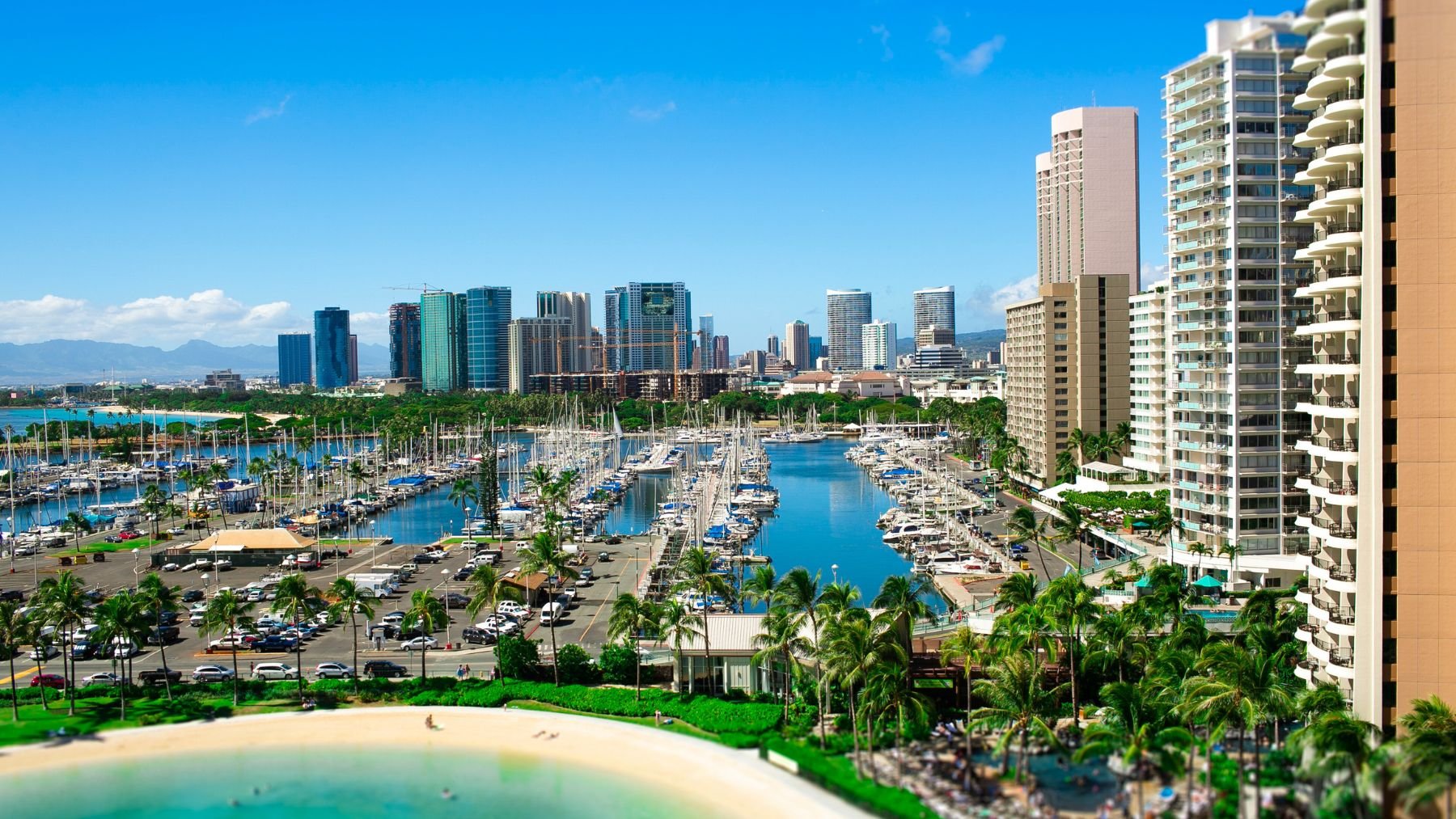When it comes to health, where you live can shape your habits just as much as personal choices do. That’s the message from WalletHub’s latest ranking, which compared more than 180 of the most populated U.S. cities.
The study looked at four main categories—healthcare, food, fitness, and green space—to see which cities make it easier, or harder, to live a healthy lifestyle. At the bottom of Florida‘s list sits Port St. Lucie, a city that struggled in nearly every area.
Port St. Lucie ranks last in Florida
While Orlando topped the state list, coming in at No. 27 nationally, Port St. Lucie landed near the bottom at No. 153. The study shows that residents there face limited access to nutritious food, fewer opportunities for fitness, and some of the lowest scores in green space. Only three cities nationwide ranked worse for parks and recreation.
According to WalletHub analyst Chip Lupo, “Staying healthy is a personal responsibility, and everyone should strive to eat nutritious food, exercise regularly and look after their mental health. However, where people live can have a big influence on how successful they are at staying in good health“. In Port St. Lucie, the environment appears to make that effort harder.
The lack of green space is particularly telling. Parks, trails, and bike paths encourage movement and support mental health, community connection, and access to outdoor activities. Combined with weaker scores in healthcare access and cost, the city’s low placement suggests challenges that go beyond individual choices.
How other US cities compare
Florida’s results reflect the broader national picture, where coastal hubs and cities with robust infrastructure lead the way. San Francisco topped the overall list, followed closely by Honolulu and Seattle. Each scored high on fitness access, walkability, and local food options. Here’s how Florida cities ranked in WalletHub’s study:
- Orlando – No. 27. Strong in food and fitness access but weaker in healthcare.
- Tampa – No. 41. Balanced scores across most categories, though green space ranked lower.
- Fort Lauderdale – No. 46. High food ranking but lagging in healthcare.
- Miami – No. 48. Excellent food access, though fitness and green space brought the score down.
- St. Petersburg – No. 55. Moderate scores overall, with fitness standing out as a strength.
- Pembroke Pines – No. 65. Did well in green space, but food options were less impressive.
- Jacksonville – No. 91. Lower in healthcare and food, with better fitness opportunities.
- Tallahassee – No. 124. Struggled particularly with food and green space access.
- Hialeah – No. 138. Weak in both fitness and green space.
- Cape Coral – No. 146. Low scores in healthcare and green space.
- Port St. Lucie – No. 153. Ranked among the lowest in the country for parks and outdoor activity.
The rankings highlight that health is not only about personal habits but also about what a city provides. From the affordability of medical care to the availability of walking trails, these factors shape outcomes for entire communities.
While Floridians in cities like Orlando and Tampa may find it easier to make healthier choices, residents in lower-ranked areas face more obstacles. The study underscores how location, infrastructure, and community design all influence long-term health.

